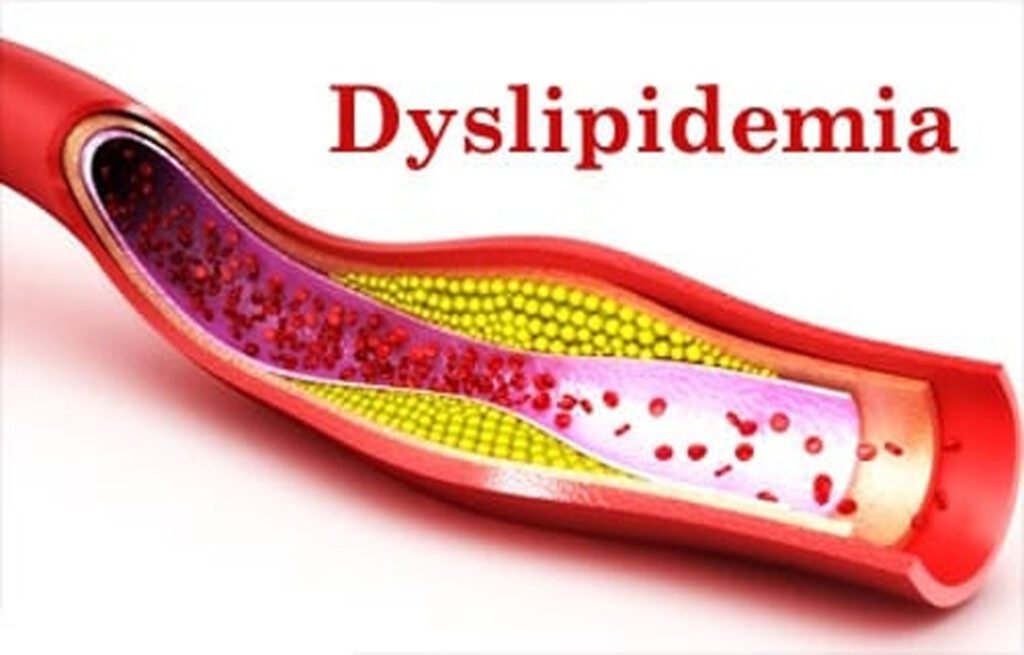Cardiological Society of India releases first Indian guidelines for dyslipidaemia management
July 05, 2024 | Friday | News
For addressing the unique challenges & variations in dyslipidemia prevalence across the nation by incorporating extensive Indian data
image credit- shutterstock
In a landmark development, the Cardiological Society of India (CSI) has unveiled the first-ever Indian guidelines for dyslipidemia management. This significant initiative marks a milestone in addressing the unique challenges and variations in dyslipidemia prevalence across the nation by incorporating extensive Indian data.
Dyslipidemia, characterized by high Total Cholesterol, Elevated LDL-Cholesterol (bad cholesterol), High Triglycerides, and Low HDL-Cholesterol (good cholesterol), is a critical risk factor for cardiovascular diseases (CVD) such as Heart Attacks, Strokes, and Peripheral Artery Disease. The prevalence of dyslipidemia in India is alarmingly high, with significant interstate variations and particularly elevated rates in urban areas.
Speaking about the severity of Dyslipidemia, Dr Pratap Chandra Rath, President of Cardiological Society of India (CSI), stated, “Dyslipidemia is a silent killer, often symptomless unlike hypertension and diabetes. He stressed the importance of proactive management and early detection. New guidelines recommend non-fasting lipid measurements for risk estimation and treatment, shifting from traditional fasting measurements. Elevated LDL-C remains the primary target, but for patients with high triglycerides (>150 mg/dL), non-HDL cholesterol is the focus.”
Dr Durjati Prasad Sinha, General Secretary, CSI, highlighted, saying “Non-fasting lipid measurements make testing more convenient and accessible, encouraging more people to get tested and treated. The guidelines recommend the first lipid profile at age 18, or earlier with a positive family history of premature heart disease or familial hypercholesterolemia. The general population and low-risk individuals should maintain LDL-C levels below 100 mg/dL and non-HDL-C levels below 130 mg/dL. High-risk individuals, such as those with diabetes or hypertension, should aim for LDL-C below 70 mg/dL and non-HDL below 100 mg/dL.”
For patients with high triglycerides (>150 mg/dL), non-HDL cholesterol is the target. Lifestyle changes, such as regular exercise, quitting alcohol and tobacco, and reducing sugar and carbohydrate intake, are crucial. In patients with heart disease, stroke, or diabetes, statins, non-statin drugs, and fish oil (EPA) are recommended. Triglycerides levels above 500 mg/dL require the use of Fenofibrate, Saraglitazor, and Fish Oil.










